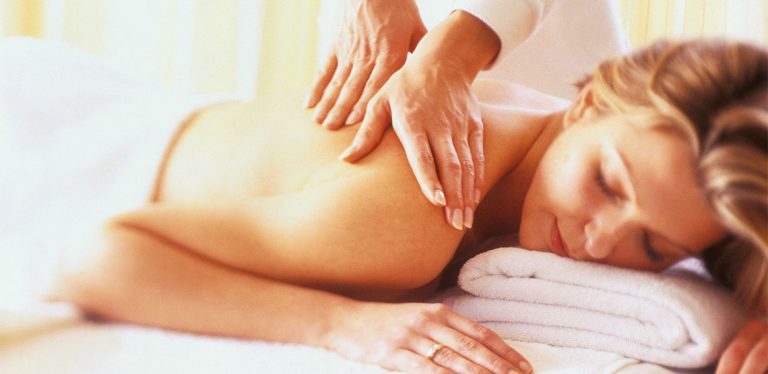Is Massage Good for AFib?
If you have atrial fibrillation (AFib), doctors will tell you it’s imperative to decrease your heart rate. Managing flareups will help your heart rate, and keep other symptoms in check.
Massage is a great natural treatment for AFib. Though there haven’t been any formal studies on AFib patients and massage treatments, it makes sense that calm, relaxing activities would help regulate your breathing and heartrate. However, you should always speak to your doctor if you have concerns or questions.
Getting a massage can have physiological effects on the body that are unrelated to AFib, such as improved circulation and joint range of motion, reduced tension in the muscles, and decreased pain. It can also promote a healthy sleep cycle, which everyone needs. So, is massage good for AFib? Let's take a look.
5 Kinds of Massage for AFib
What type of massage should you get and how often should you have one? Everyone will have their own unique needs, so there's no one-size-fits-all answer. The type of massage you choose to get, and the frequency, will depend on what you and your body need.
Below is a list of five popular types of massage that have proven to be most helpful:
1. Swedish Massage
Swedish massage is very popular, and practiced by massage therapists across the United States. It’s a massage that has long, sweeping strokes that leaves you very relaxed.
Sometimes, the massage therapist will use rolling or kneading motions and even tapping movements to break up tension and knots in the muscles. Swedish massage is a good introductory type of massage for those who have never had one before. However, after you have been having Swedish massages for a few months, you’ll want to experiment with other types.
2. Aromatherapy Massage
There are two different kinds of aromatherapy massage: the massage therapist releases scents into the air via an aromatherapy diffuser while you receive the massage, or a massage that includes essential oils in the massage oil itself, for a specific purpose.
For example, eucalyptus might be used during a massage for an individual who suffers from nasal congestion or sinusitis. Peppermint, another essential oil, might be used for a person who needs an energy boost, or additional pain relief. Rose might be used during massages of the back, legs and arms for someone who is experiencing relationship problems and feeling a sense of disconnection.
Essential oils used in an aromatherapy massages are usually kept to a minimum. You can always speak to your massage therapist if you have any questions or concerns.
3. Reflexology Massage
This is a massage where reflexology points on the body are held for about 30 seconds, and then massaged. These reflexology points are on the feet, hands, and/or ears. Your massage therapist will focus on different points depending on your individual needs.
When these points are stimulated, the result is improved function in the glands and organs. In the case of AFib, the massage therapist will select points that improve functioning of the heart.
4. Raindrop Therapy Massage
Raindrop therapy massage is thought to be beneficial for the spine because it provides a connection to the heart through spinal nerves. In this form of massage, several different essential oils are sprinkled onto the soles of the feet and the back.
After a few drops are put on, the area is massaged. The different essential oils are layered in a specific order with time in between for your body to absorb them and feel their benefits. You will also receive some benefits thanks to the aromatherapy with this type of massage.
5. Head and Scalp Massage
Head and scalp massages are often forgotten, but worth it. As the name suggests, the muscles on your head and around your scalp are focused on. It's good to massage these areas, as they can carry a lot of tension and stress, which in turn helps relax your entire body.
Try them — they’re guaranteed to bring relaxation.
Other Relaxing Activities
There are, of course, other types of relaxing activities that can help monitor your heart rate and overall health. Some options include:
- Yoga: Many people associate yoga with flexibility, but there are different practices that focus specifically on stress, anxiety, and calming your body.
- Low-impact exercise: Types of exercise that are easy on your joints are always recommend for people with chronic health conditions. Walking is the easiest low-impact exercise for many people, but you can also try swimming, cycling, platies, or tai chi.
- Slow breathing: There are many online videos or apps you can use for breathing exercises. Focusing on your inhale and exhale can slow down your mind and body, and help foster a sense of overall calmness.
